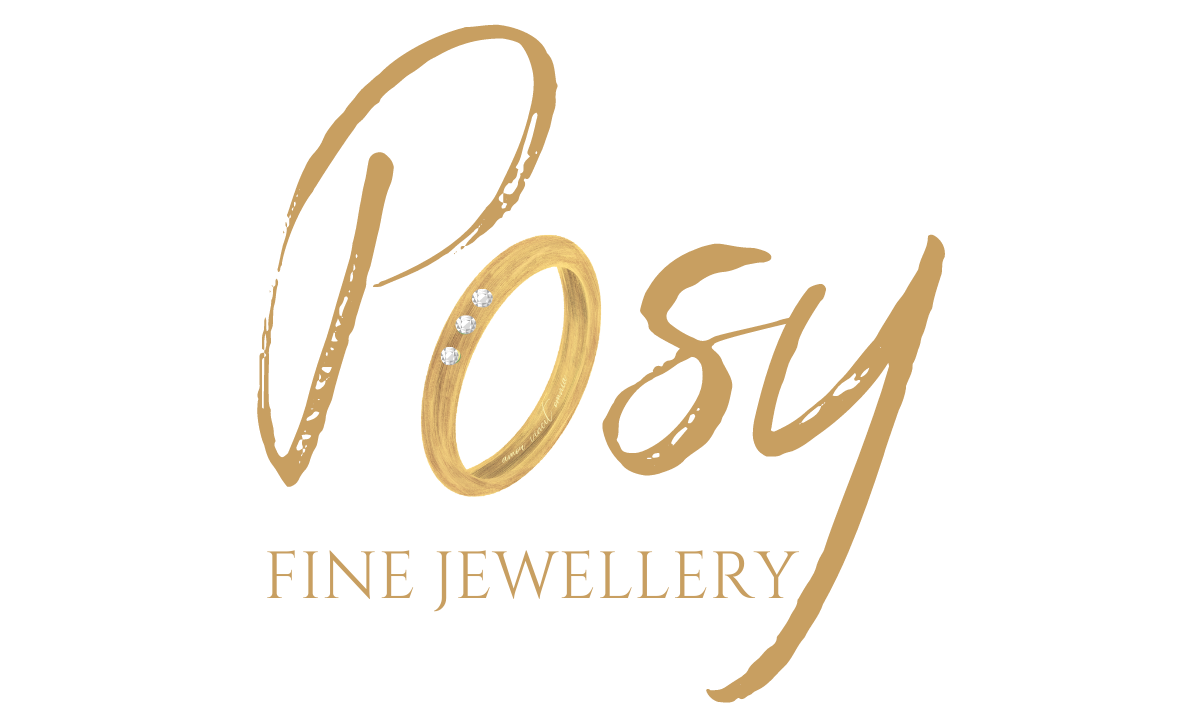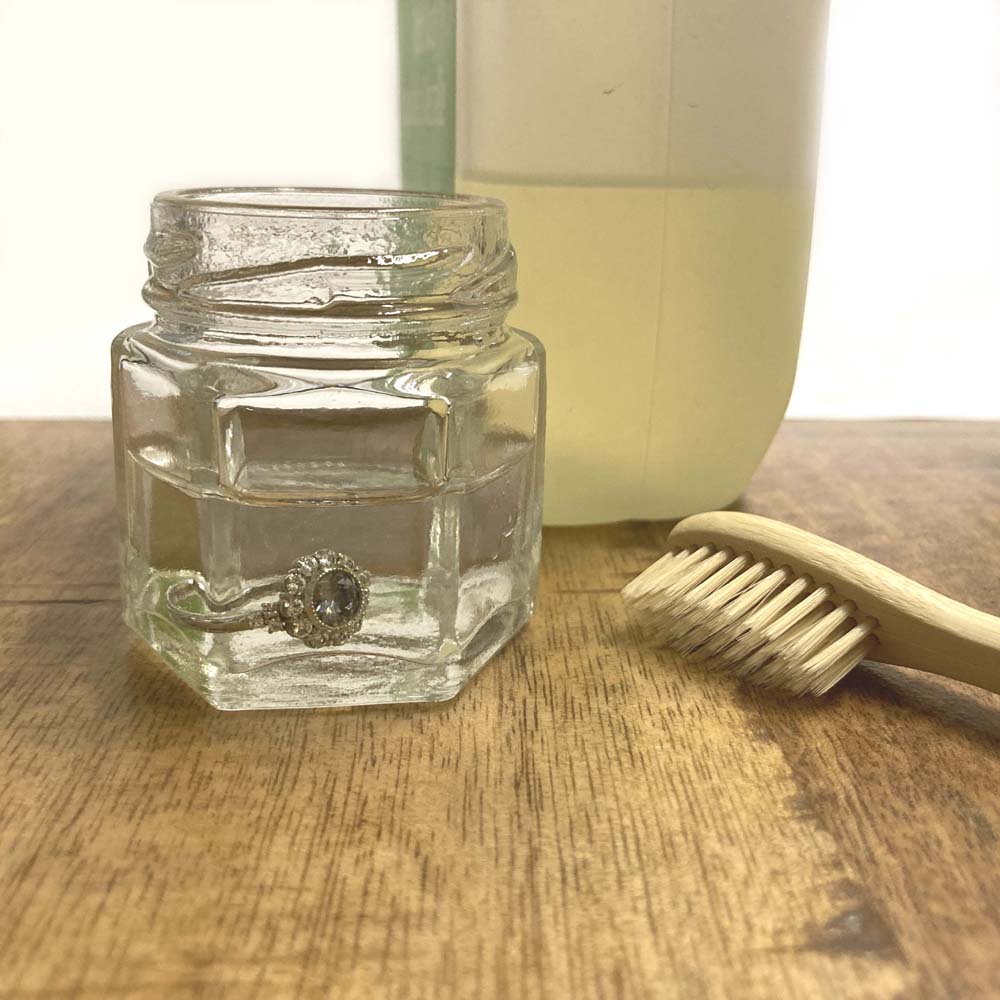In recent years the popularity of lab grown gemstones has sky rocketed as the general public learns more about them. We have developed this lab grown gemstone guide to provide more information about these beautiful options.
Lab Grown Gemstone Guide
At first it might not be so obvious but synthetic gemstones and imitation gemstones are two entirely different things:
A synthetic gemstone is chemically identical to a natural mineral from the earth but made in a lab environment. An imitation gemstone is a material that is similar in appearance to another mineral or gemstone but chemically different.
More and more I have clients who are interested in using synthetic gemstones but the terminology can get confusing. Let’s explore the distinction between these two terms a bit more.
SYNTHETIC OR LAB CREATED GEMSTONES
Synthetic gemstones may also be known as ‘lab grown stones’, ‘lab made stones’, ‘lab “gemstone name”, ie: ‘lab sapphire’ or man-made gemstones. They are all the same thing. A synthetic gemstone is created by humans in a lab to be chemically identical to a natural mineral. There are many different processes to create these gemstones, the first of which was developed in the late 1800’s. Since there can be confusion between these synthetic stones and natural stones because they share chemical and optical characteristics, there are strict disclosure guide lines for the marketplace.
WHAT KINDS OF LAB CREATED OR SYNTHETIC STONES ARE AVAILABLE?
Synthetic stones are most often available in gemstones for which there is a high demand. So, for example, synthetic ruby is readily available while synthetic peridot is not. The most common synthetic gemstones are sapphire (blue, yellow, pink and padparadscha), ruby, emerald, spinel, and alexandrite.
There are also synthetic diamonds and they are pure carbon just as natural diamonds. They may be referred to by the process by which they were created, for example HPHT (High Pressure, High Temperature) diamonds.
MOISSANITE
Moissanite is another synthetic gemstone created in a lab. Natural Moissanite was discovered over a century ago but it is very rare and the sample was extremely small. The properties of this gem proved so alluring that in the proceeding years many tried to recreate the mineral in a lab. Finally the company Charles & Colvard succeeded and a true alternative to diamond became a reality. At first the Moissanite gemstones produced had a yellow-ish undertone (now referred to as ‘Moissanite Classic’) but in recent years new, whiter Moissanite have been developed such as the ‘Forever Brilliant’ and the ‘Forever One’ lines.
LAB CREATED DIAMOND AND SAPPHIRE ENGAGEMENT RINGS
As the title implies, lab created diamond or sapphire are most suitable for engagement rings. This is due to their hardness. The toughness and durability of natural diamonds and sapphires are what have always made them best suited for the everyday wear of engagement rings. The same applies for their lab created versions, as they have identical chemical compositions, they have identical hardnesses.
IMITATION GEMSTONES
Also known as simulants, imitation gemstones are stones that are essentially trying to mimic another gemstone. So, for example, a cubic zirconia in place of a diamond. Imitation stones are not chemically, optically or physically similar to the gemstone they are imitating in any way.
COMMON IMITATION STONES
Most of us are familiar with cubic zirconia that is used to imitate diamond but there are many more stones both natural and synthetic that are used to imitate higher cost natural stones. Here are just a few:
- Synthetic spinel is used to imitate all birthstones
- Dyed quartz can be used to imitate almost any gemstone
- Dyed Howlite is used to imitate turquoise
- Plastic and glass can be used to imitate opal and pearl
If you’re interested in learning more about imitation gemstones I highly recommend checking out the GIA website where they have a lot of great information.
If you are planning to make a piece of jewellery that will be worn everyday then you’ll want to make sure you select a synthetic or lab made gemstone, not an imitation stone.








